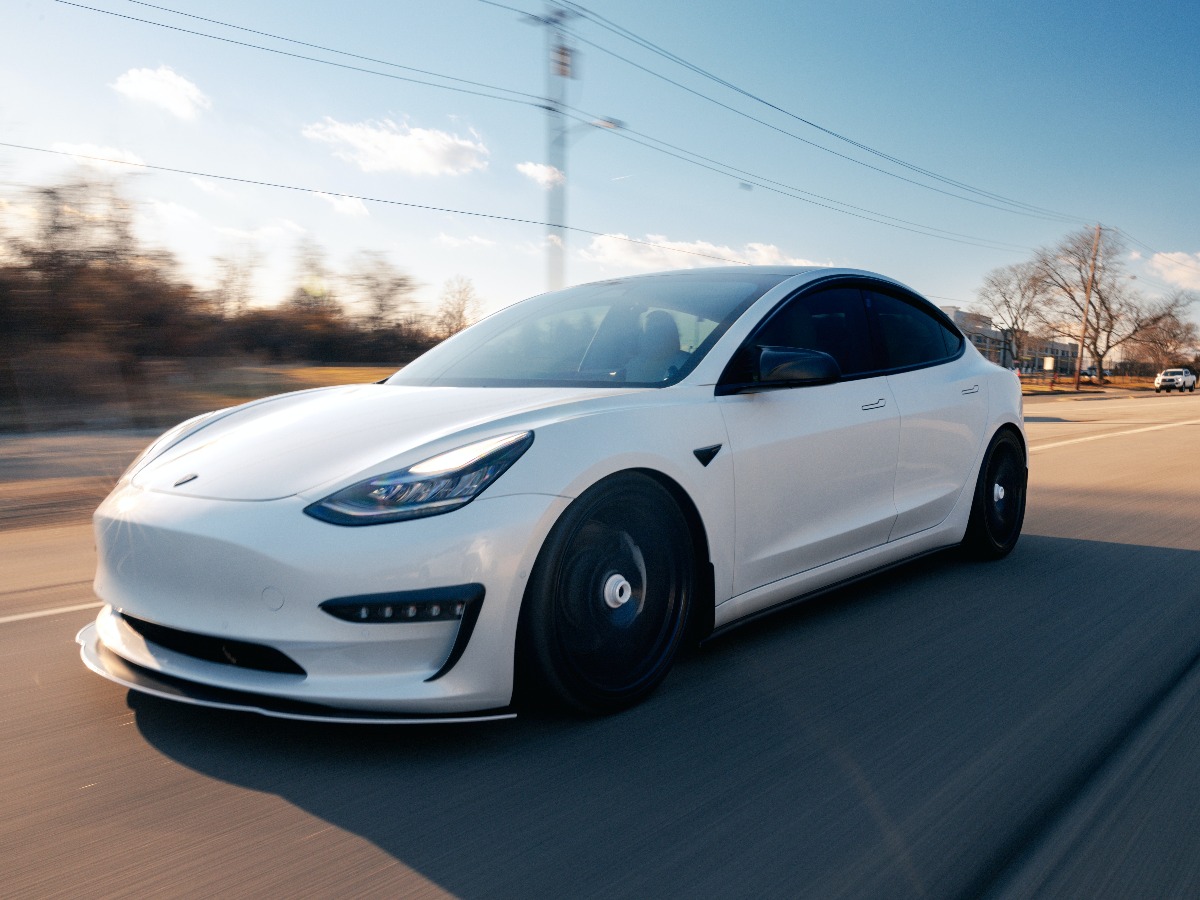A Guide to Shipping Electric Cars (EVs)

Are you part of the automotive world’s shift towards a more sustainable and eco-friendly future? Electric cars and hybrid vehicles (EVs) are continuing to grow in popularity, thanks to technological advancements and the growing infrastructure for charging electric vehicles. If you need to ship an electric car overseas, we’ve compiled this comprehensive guide with insights on EV shipping, from why vehicle batteries make the shipping process different to petrol or diesel vehicles, to how you can ship them, whether by Ro-Ro or Container. If you’re looking for advice on shipping other vehicles, you can also read our guide on international boat shipping here, or our four tips for shipping classic cars here.
What are Electric Cars?
To understand how to ship electric cars, it’s important to know what distinguishes them from traditional internal combustion engine (ICE) vehicles. An electric vehicle (EV) is powered either fully or partially by electricity. Plug-in hybrid electric vehicles (PHEVs) combine electric and petrol/diesel power, with both types commonly featuring lithium-ion batteries.
While conventional vehicles use batteries for functions such as starting and powering accessories when the engine is off, EVs and PHEVs rely on lithium-ion batteries and electric motors as their primary source of propulsion. This eliminates the need for internal combustion engines powered by fossil fuels like petrol or diesel.
What’s Different about Shipping Electric Cars?
The key factor that sets electric cars apart when it comes to shipping is the battery. Lithium-ion batteries (which power most electric vehicles) are classified as dangerous cargo for shipping, because they have the potential to overheat and ignite, risking onboard fires for aircraft and ships. This doesn’t mean that you can’t ship electric or hybrid cars, but there is specific legislation that governs the shipping of EVs. Some carriers may require additional documentation, while others may state that the battery must be at a certain state of charge (SOC) before they accept your electric car for shipping.
Please note that regulations regarding electric car imports also vary depending on the destination, which can result in additional costs. For example, certain countries, such as the USA, impose strict guidelines on which vehicles are permissible. Regulations are also subject to change, so make sure you verify them when you’re getting a quote or booking your shipment.

Shipping Electric Cars via Roll-on Roll-off (Ro-Ro)
Shipping electric or hybrid cars through Roll-on Roll-off (Ro-Ro) services is a viable and straightforward option and has gained popularity in recent years. Ro-Ro shipping uses specially designed vessels that allow EVs to be driven on and off, eliminating the need for loading them into shipping containers. They will be securely stowed below decks and fastened in place for safety during transport.
Ro-Ro shipping is also usually the most cost-effective method, with the shipping price typically being the same as for a standard diesel or petrol car. However, it’s important to note that some carriers may not accept sea freight bookings for used EVs, or if they do, they must be in sound condition and meet the required state of charge (SOC) for loading and unloading.
Shipping Electric Cars in Containers
Container shipping services may vary in their regulations for shipping electric or hybrid cars, which can result in higher costs. For example, some carriers specify the maximum allowable battery charge for transport, while others require additional documentation. Certain carriers also state that EVs must be loaded into specialised refrigerated containers.
Do You Need to Remove the Battery for EV Shipping?
Electric vehicles can be transported with their batteries partially or completely removed. These batteries are then transported separately in climate-controlled environments, which minimises the risk of damage and ensures safe transport. However, removing or disconnecting the battery for EV shipping can be complex, costly, and even invalidate some vehicle warranties. As a result, many electric car manufacturers have implemented safety measures to ensure battery safety during shipping, including specialised sensors that disconnect the batteries if they detect excessive temperatures, along with an electronic cooling system.
The Future of Electric Car Shipping
As the electric vehicle market continues to grow, the shipping industry must evolve to meet the demand and challenges associated with EV transport. Innovations such as autonomous vehicle transport and the development of more efficient battery packaging solutions are on the horizon. These advancements will further reduce the cost and environmental impact of shipping electric cars.

Andrews Shipping has years of experience in shipping cars overseas. We stay up to date with current rules for EV shipping, including carrier regulations and customs clearance, to give you the best option for shipping your electric or hybrid car abroad. Contact us today for a car shipping quote.
